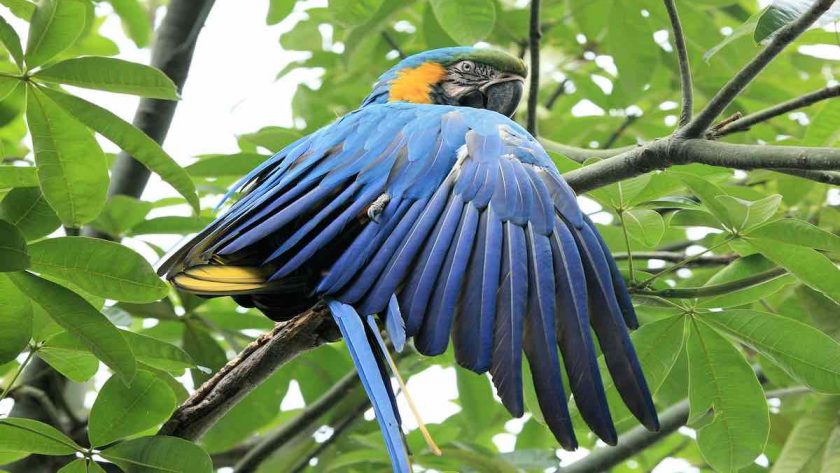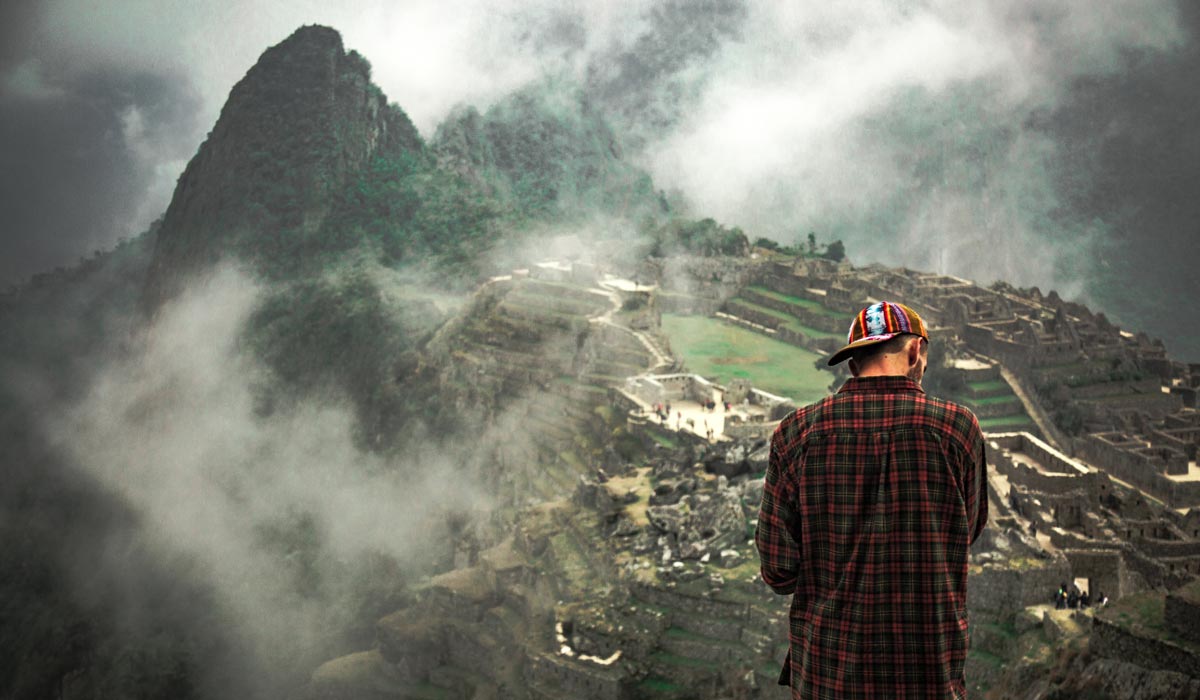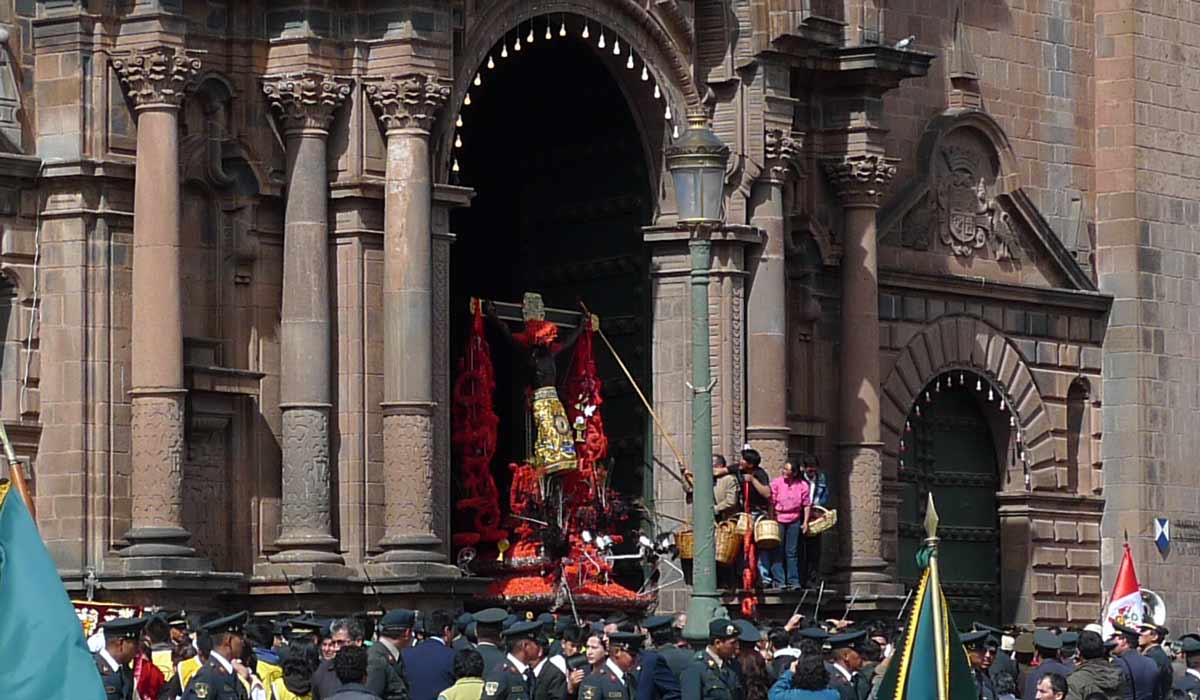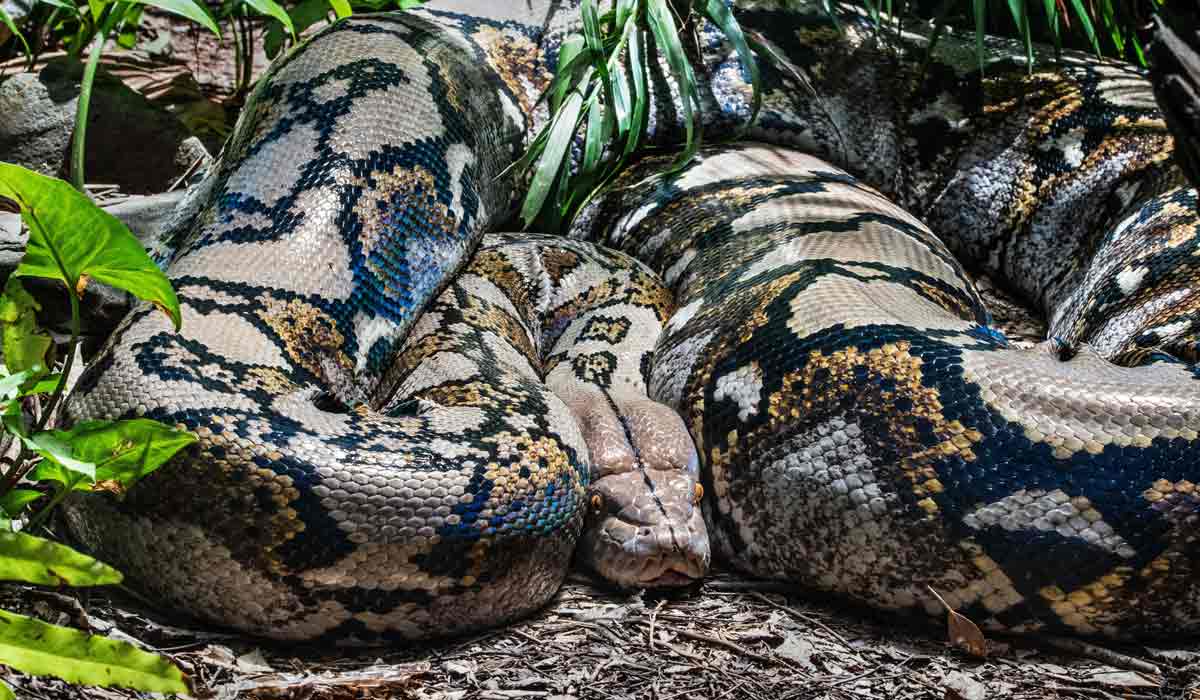This post is also available in:
 Español
Español
The Tambopata National Reserve, accessible through Puerto Maldonado, has an extension of more than 274.000 hectares, which makes it a very extensive sample of the tropical rainforest. If you are passionate about the life of the Amazon rainforest and enjoy the idea of seeing animals in the Tambopata National Reserve, you are in the right place!
Before we start we warn you that many of the animals in the Tambopata Reserve that we are going to tell you about, you can see them in the Manu National Park or in the Madidi National Park in Bolivia. And if you still don’t know whether travel to Tambopata or Iquitos don’t worry either because animals are similar in these two parts of the Peruvian jungle. Don’t think that these parks and reserves are like zoos where the animals are locked up, here the borders don’t exist!
Emerald boa
You can imagine that the name of this species of boa is due to its turquoise blue color, just kidding! Its scales are bright green in color, although at birth it is reddish-brown.
The emerald boa lives coiled in the branches of trees and occasionally rests on the ground to bask in the sun. At nightfall, it wakes up and hangs from the branch to capture its prey, which it perceives through sight and infrared heat receptors. It is best to walk around during the day to avoid confusion.

Black caiman
The black caiman can reach 4 meters in length and is the largest predator in the Amazon. Despite its apparent fierceness, it is characterized by its patience when hunting through its sharp sense of sight and hearing.
The black caiman is also not one of the most aggressive reptiles and the number of attacks on humans is small, with occasional slips! If you prefer not to take the risk then visit the Lake Titicaca and discover life on the floating islands of the Uros.

Huangana
This is possibly one of the hardest working Amazon animals. It turns out that the huangana shapes the ground as it noisily transits in herds of 20 to 300 individuals. It disperses seeds and helps maintain wildlife variety.
And while it’s the inside that matters, it’s okay for us to tell you that the huangana’s appearance is similar to that of a domestic pig and it gives off a somewhat unpleasant odor when frightened, like a skunk!
Crested eagle
This bird is especially large, measuring almost a meter long and when it opens its wings it can reach 175 centimeters. Unlike most animal species, females are somewhat larger than males. It is eager to know if it has a crest, we notice. Yes, it does, it is a feathered crest that it can extend at will. It is grayish-brown in color, but in flight it has a very light appearance.
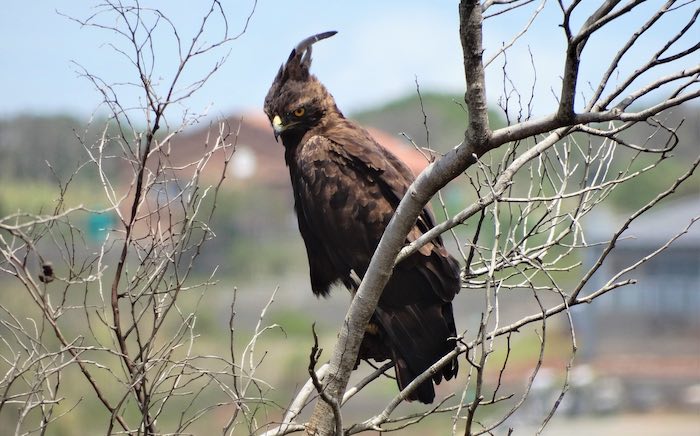
Squirrel monkey
Is it a monkey? A squirrel? It’s the squirrel monkey! It is a small monkey, weighing less than 1 kilogram, with a graceful appearance and that moves by means of its four limbs. Its small body is covered with short hair of yellowish orange color. It is a diurnal species that spends most of its time on trees. The squirrel monkey lives in groups of 12 to 100 members.

Giant otter
Its little face with big eyes might make you think it’s innocent, but it competes with the black caiman for the title of top predator, what a surprise! Its main food is fish from the Amazonian lakes, thus contributing to the trophic balance of the aquatic ecosystem. Their fur is dark brown and each animal has a unique white patch from the jaw to the chest. It’s like their fingerprint!
We realize now that we have brought you some of the most dangerous animals of National Tambopata Reserve that you might prefer not to see, but you can’t say that it’s not exciting to learn about them. To reassure you a little, we’ll tell you that there are a variety of innocent butterflies, funny sloths and colorful macaws. Are you up for the adventure?

